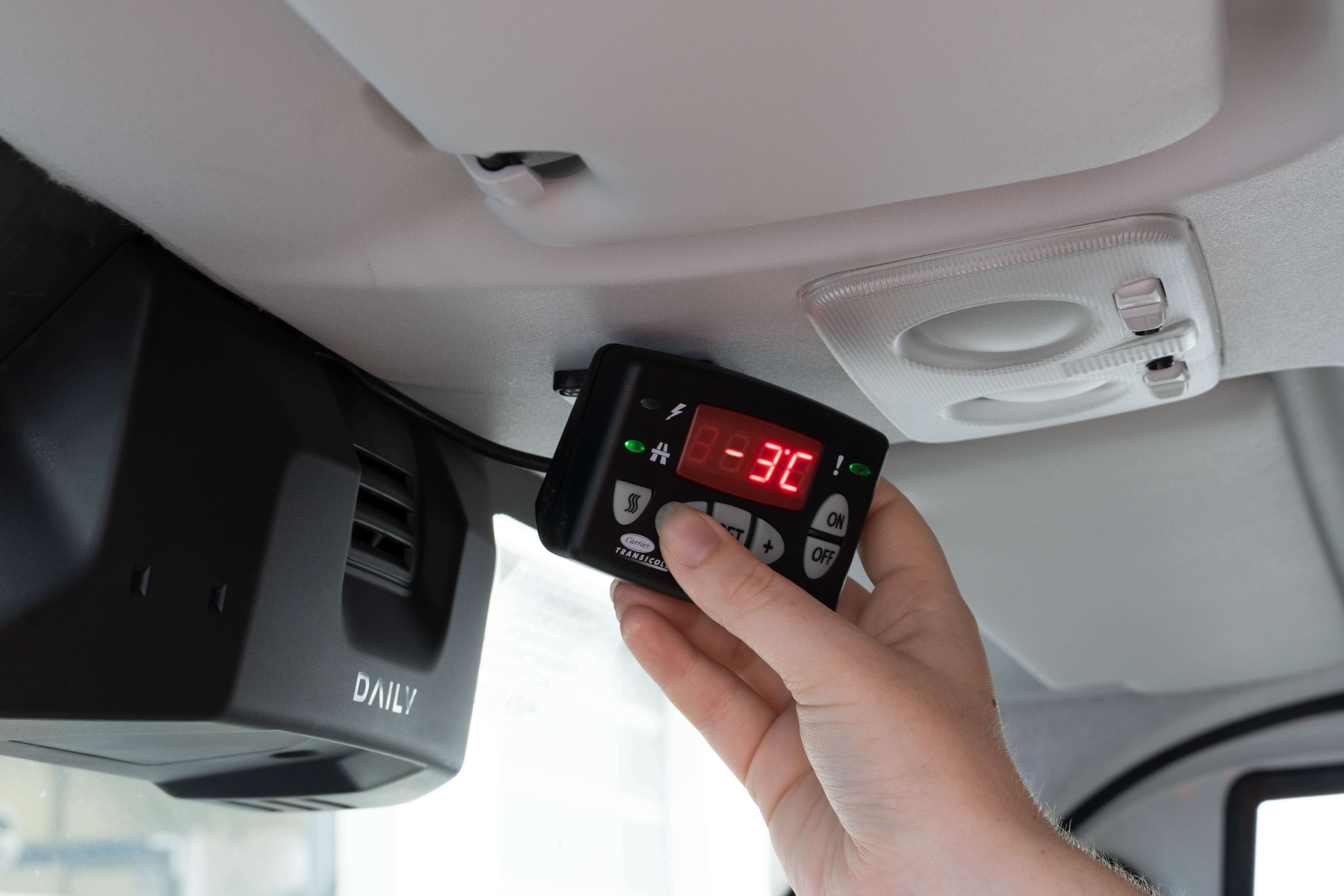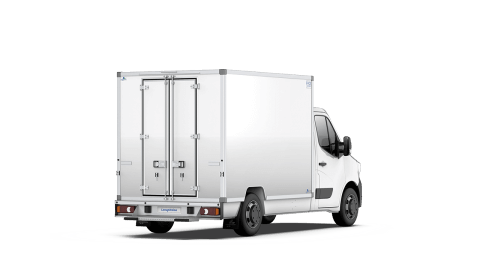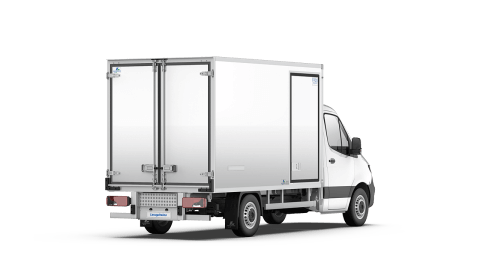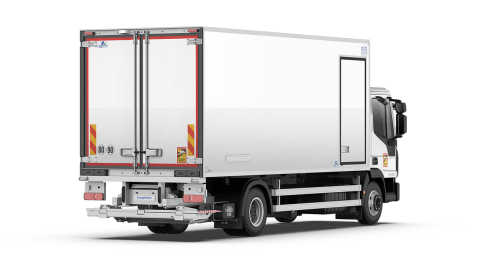
Stay cool this summer: essential tips for your refrigerated vehicle

Summer means heat! And high temperatures can significantly impact the chemical composition of food, leading to the development of bacteria. These bacteria can render products unfit for consumption and pose serious food poisoning risks, especially for vulnerable individuals.
Breaking the cold chain—failing to maintain the recommended storage temperatures—accelerates this degradation process. Improper pre-cooling or exceeding the maximum authorized temperatures can quickly spoil perishable goods, reducing both shelf life and quality. Given these risks, ensuring optimal transport conditions is crucial to preserve the safety and quality of food products.
Below are six essential tips to help maintain the quality of your fresh goods when outside temperatures soar.
Steps to follow:
1/ Inspect mechanical components
Check all fluid levels in your vehicle (engine oil, brake fluid, power steering fluid, transmission fluid). Higher temperatures can increase fluid consumption.
2/ Check the refrigeration unit
Ensure the thermostat is functioning properly, the air circuit is clear, and the pre-cooling system (step 4) is operational. Refer to the user manual specific to your equipment for recommended maintenance frequency and follow the manufacturer's guidelines for daily operations and upkeep. This ensures optimal performance and extends the lifespan of your refrigeration system. For thorough maintenance, contact the unit's manufacturer or a qualified refrigeration maintenance professional.
3/ Clean and disinfect the compartment
A deep cleaning of both the interior and exterior of the vehicle is recommended. Use cleaning products that comply with HACCP standards to prevent bacterial growth.
4/ Pre-cooling
Before loading, it's essential to pre-cool the refrigerated truck compartment. Set the thermostat to the desired temperature and allow the system to run for about 90 minutes. This process removes residual heat accumulated while the vehicle is parked—especially important during summer when interior temperatures may match those outside.
If the compartment is not properly pre-cooled, the loaded goods may experience thermal shock, compromising their safety and quality. The refrigeration system is designed to maintain a stable temperature, not to rapidly cool down goods or the compartment.
5/ Optimize air circulation
Limit door openings to minimize cold air loss. Check the pressure and condition of door seals, and avoid stacking goods to the top of the compartment to ensure cold air can flow freely from the evaporator inlet and outlet.
6/ Monitor the temperature
Regularly monitor the compartment temperature during transport. Use temperature recorders for continuous monitoring and to detect any anomalies quickly.
To help you set up your refrigerated vehicle, the Lecapitaine team is here to offer tailored solutions—whether it's for stabilizing internal temperature, increasing loading capacity, or customizing your vehicle to match your brand.
These articles might interest you.














